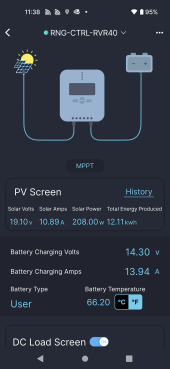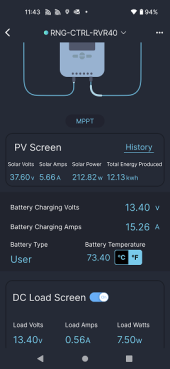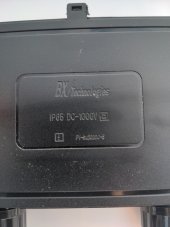SubnetMask
New Member
- Joined
- Dec 6, 2021
- Messages
- 27
This is going to be a dumb noob questions... I've been running a Harbor Freight 100w solar panel for a small experiment setup and just grabbed a second one with the intent being to parallel them (They say not to use in series - any ideas why?), but they don't say anything about parallel. When the sun was shining good and bright, one panel was putting about 90w through the renogy MPPT controller, and it seems both panels are putting out pretty much the same wattage for a given light level when alone, but when the single panel was putting out 90w and I connected the second panel, the wattage only went up by about 50% - with both panels putting out 90w, I would have expected it to go up to around 180w. So is there something special that should be done when Paralleling solar panels, or are my expectations incorrect?





